The Rachel Carson Estuarine Reserve is one of the jewels of the Crystal Coast. There was a time I’d visit it two even three times a week. Then life got busy and I neglected paddling my kayak to and around the reserve.
The Reserve
Located across Taylor’s Creek from Beaufort, North Carolina, the Rachel Carson Estuarine Reserve is made up of several small islands, shoals and oyster beds. In the Spring and Fall it is a wonderful place to view and photograph migrating birds. Through the summer it serves as a nesting place for many species of shorebirds. Residents include foxes, raccoons and, perhaps the stars of the show, wild horses!
Access to this wonderful resource is via boat. I tend to kayak over though there are several local tour operators that offer drop-off service to the reserve. I’ve written about my preference for making photos from a kayak before. For example, https://carolinafootprints.com/wild-horse-photos-from-a-kayak-you-betcha/
My Morning Trip
It had been a year or two since I paddle over to the reserve. I had loaded my kayak into my pick-up truck the evening before and set my alarm to get up early. When the alarm went off I got up to discover it was raining and raining hard! I thought my plans were shot but the rain quit after a couple hours. It was a later start than I’d planned, meaning harsher light than I really wanted for photography, but I was determined to make the trip. I made the sort paddle across the creek, beached my kayak and headed out on foot to look for the wild horses and whatever other photo opportunities might come my way. A typical visit usually nets me some wild horse photos, bird images and even a few shots of wild flowers and interesting trees. The visit did not disappoint.
The Photos
The following images are the result of my visit. Keep in mind that the wild horse photos were made using a telephoto lens. It is important to give these animals some distance. In fact, it is even the law to get no closer than 50′ to these magnificent animals (approximately the length of a school bus).
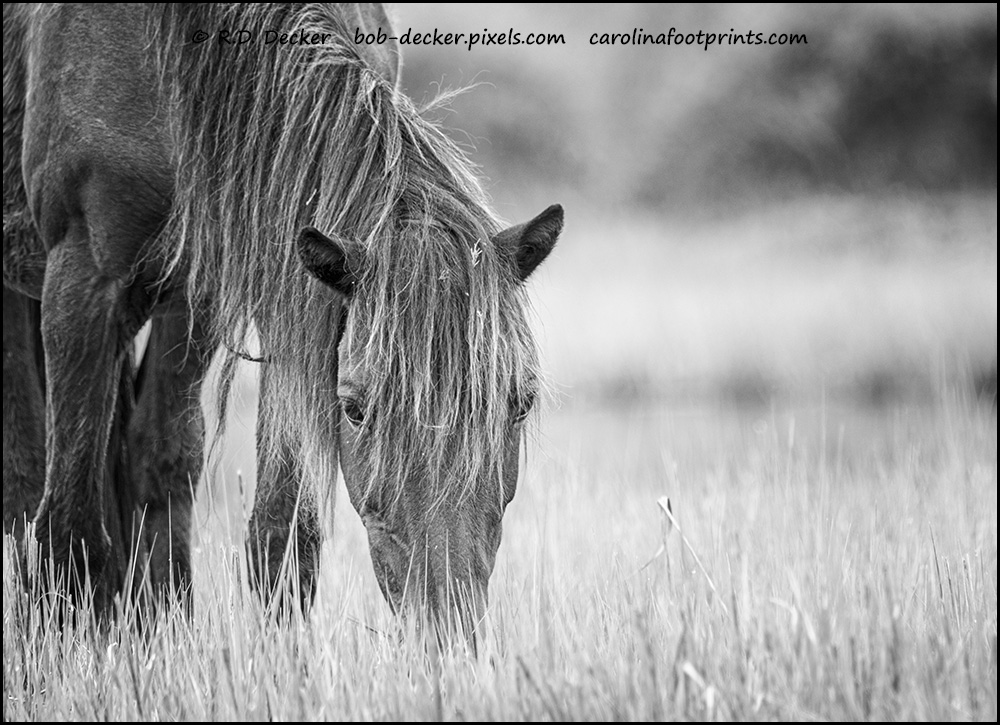

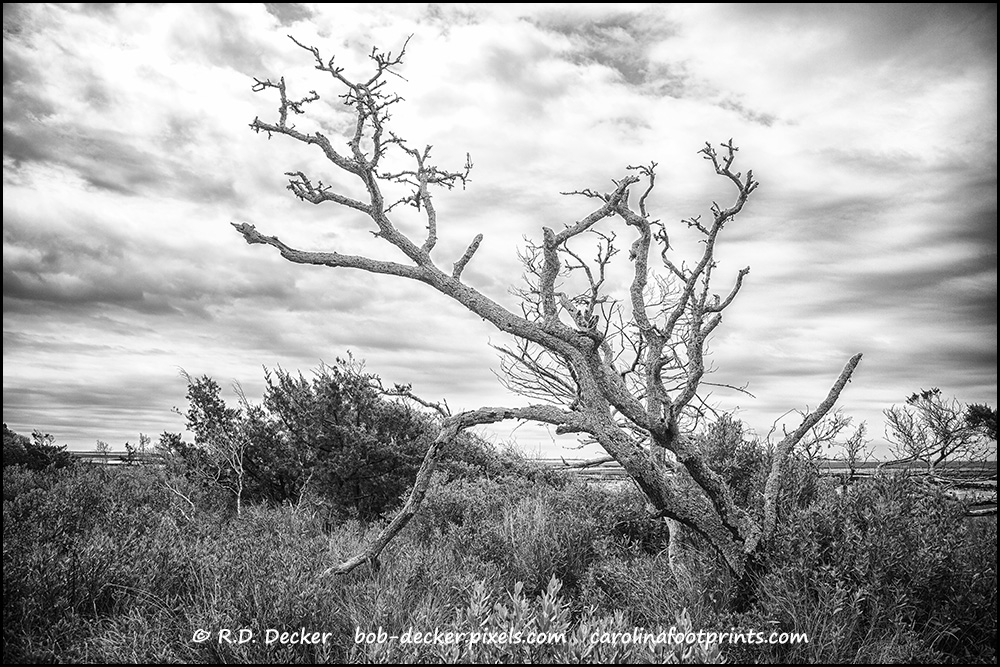
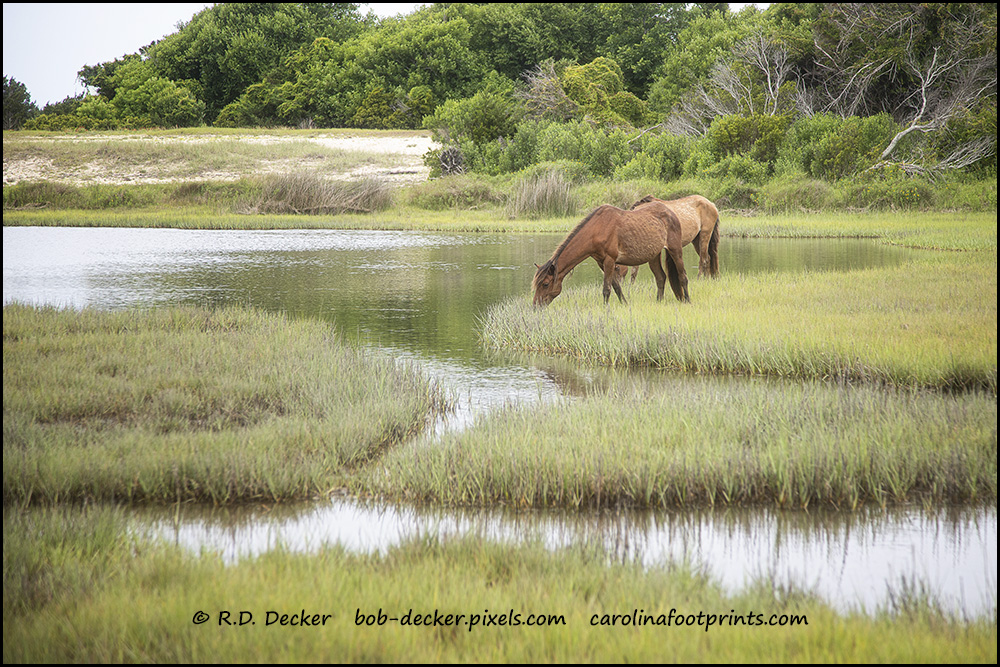
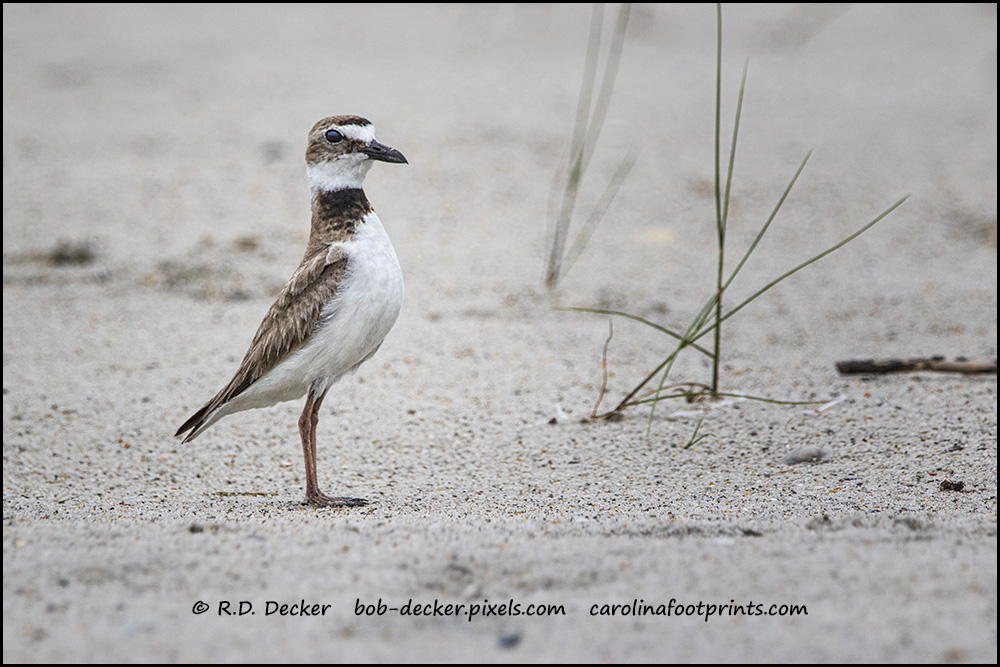
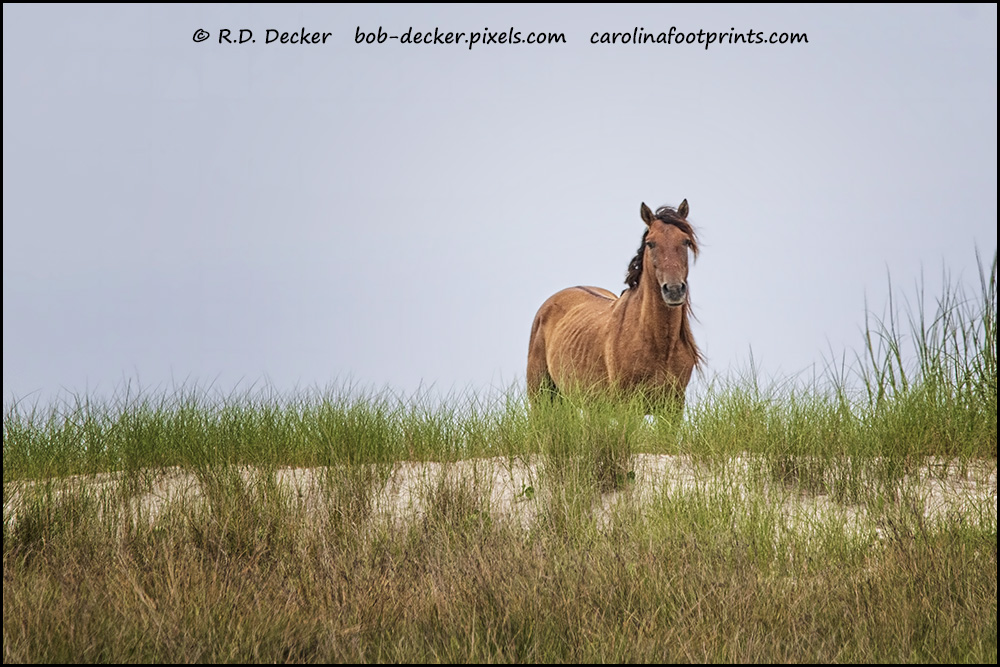
5 Comments
Another place unknown to me! I love the photo of the erect bird. Very proud! Makes me wonder why it doesn’t stop it’s migration in Florida rather than continuing to Brazil? Strange!
Wow, googling this location now. Looks like we are about 6 to 7 hours away. We love kayaking and now because of viewing your photos this is on our list to visit. Thanks for sharing.
Wow, Bob, great post, thanks for all the info. I hope to visit in a couple of weeks, I’ll be in Corolla Beach.
So beautiful and we are now in the west. It is a dream of mine to capture wild horses. You have done a beautiful job. That stallion is just gorgeous.
Wow it looks so stunning there! Especially love the photographs of the wild horses.